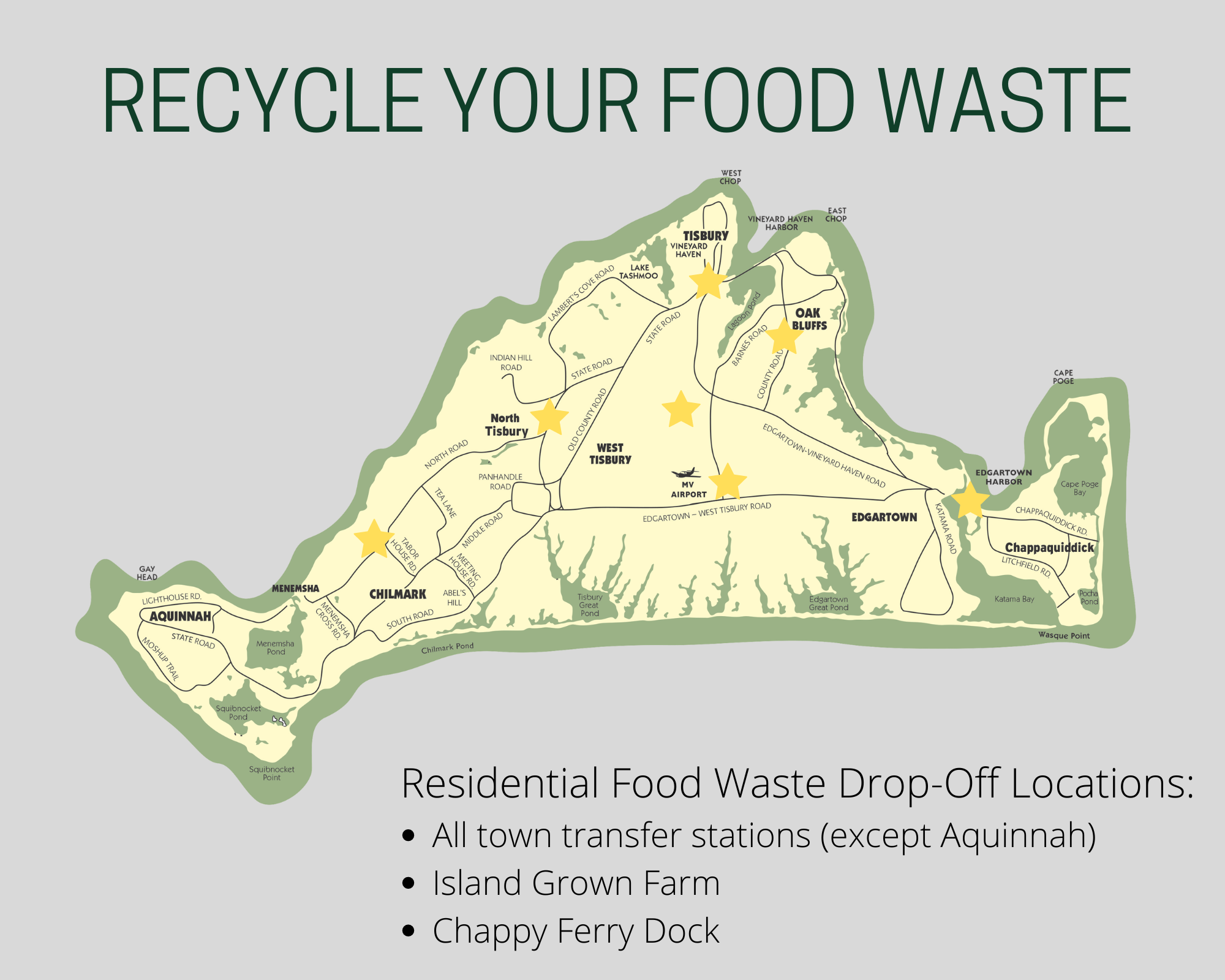Note
Adapted from LifeLab’s Living in the Soil?
OBJECTIVE
Students will determine whether soil type makes a difference for a particular type of plant to grow. Students will be able to describe the components of healthy soil. Students will make their own soil mixture.
ESSENTIAL QUESTIONS
What type of soil do plants prefer? How do seeds grow? What do seeds need to thrive?
MATERIALS NEEDED
4 different types of soil in plastic bags: compost, clay, sand, garden soil, or others 4 4” pots/six packs filled with soil and planted seeds (from Part 1)
4 empty pots/six packs
Measuring cups
1 ruler
Bean seeds (Blue Lake or Bush Beans) Soil Experiment Log Sheet
PROCEDURE
Introduction
Ask students to review the soil experiment – the steps, their hypotheses, etc. (If students have not completed these sections in their Log Sheet, they may do so now). Invite one student from each group to describe their soil using some of the descriptive words from Part 1. What did it look like? What did it feel like?
Share with students the four types of soil, and ask them to choose which type belongs to their group.
Before showing the results of their experiment, ask for student thoughts on which of the soil groups will have the highest germination rate? Why?
Activity
- Students return to their groups and are given their pot/six pack to observe. The recorder writes down their observations on their Log Sheet.
- Invite one person from each group to share their observations with the class.
- Discuss why there was such variation in the germination rates.
- Ask students, “Do you think you can mix a soil that these plants would like?” Challenge students to create a soil mixture that will have a greater germination rate than their original.
- Students are able to use the same types of soil as the original experiment. They
can mix the soil in any way, but they must document the ratio they are using (eg. 1 part compost, 1 part sand, 2 parts potting soil) in their Log Sheet. - Students follow the same steps of Part 1 to complete their experiment, this time with their own soil mixture.
- Place all pots in the same location, preferably in a sunny window, greenhouse or under grow lights.
- Students record their new hypotheses in their Log Sheet.
Observe the pots daily with the students. Keep track of which seeds sprouted first, second, third, and fourth. After the seeds sprout, allow time every few days for groups to take measurements and record their seedlings size, color, number of leaves, etc. on their log sheets. Discuss how health of a plant can be measured in many ways, and size isn’t always an indicator of the healthiest plant. Allow the beans to grow for a few weeks so students can see long-term effects of the soils on plant growth.
Wrap Up/Assessment:
After a few weeks, hold a final summit on “Which Soil Plants Prefer.” Ask each group to present their findings about the the best soil mixture.
Do the groups agree on which soil was the best for the plant? If not, how can they rationalize their arguments?
Remind students that in science, the answers aren’t always crystal clear. Often, experiments bring up more questions than they answer.
What new questions came up for the group? (Add these to the class list.) Would they make any changes in how to do the experiment if they did it again?
Add any new information from the experiment to the “Ideas We have about Soil” list. Review the list and have each child relate something they have learned about soil to the group.








